Author: Mike Neville
IPA is a style that used to be known primarily for one thing– hops. Whether it was the bitterness imparted from early kettle additions or the fruity aroma from dry hopping, hops were the name of the game while other aspects of the beer tended to be focused on a bit less, resulting in a smattering of IPA options made with various hop varieties but rather basic malt bills.
Likely motivated by the desire to change things up, brewers of IPA began experimenting with the use of different grains, ultimately resulting in the development of a number of sub-styles that looked, smelled, and tasted different. One such grain is rye, which is known mostly for its use in breads that tend to possess a more spice-forward flavor. When used in beer, rye is widely believed to contribute a perceptible spice flavor in addition to a more viscous mouthfeel due to its high beta-glucan content. The BJCP provides the following description of this Rye IPA:
An American IPA with spicy, grainy rye malt. The rye gives a bready and peppery flavor, a creamier body, and a dry, grainy finish.
I’ve brewed with rye malt a number of times over the years and have always liked what it contributes to my beer, especially when using it in IPA. Historically, I’ve brewed my Rye IPA batches using largely traditional methods, though I recently began to wonder how one might turn out if made using the Short & Shoddy approach and decided to see for myself!
| BREWING THE BEER |
I relied on a past batch of Rye IPA as inspiration for this Short & Shoddy recipe.
Short & Shoddy Rye IPA
Recipe Details
| Batch Size | Boil Time | IBU | SRM | Est. OG | Est. FG | ABV |
|---|---|---|---|---|---|---|
| 5.5 gal | 30 min | 58.6 | 7.6 SRM | 1.065 | 1.008 | 7.48 % |
| Actuals | 1.065 | 1.008 | 7.48 % | |||
Fermentables
| Name | Amount | % |
|---|---|---|
| Brewers Malt | 12 lbs | 75 |
| Rye Malt | 2.5 lbs | 15.63 |
| Munich Malt | 1 lbs | 6.25 |
| Special Roast | 8 oz | 3.12 |
Hops
| Name | Amount | Time | Use | Form | Alpha % |
|---|---|---|---|---|---|
| Triumph | 28 g | 30 min | Boil | Pellet | 10.7 |
| Columbus/Tomahawk/Zeus (CTZ) | 21 g | 20 min | Boil | Pellet | 15.6 |
| Topaz | 28 g | 5 min | Boil | Pellet | 17.4 |
| Columbus LUPOMAX | 28 g | 2 min | Boil | Pellet | 20 |
| Galaxy | 28 g | 2 min | Boil | Pellet | 13.6 |
| Galaxy | 57 g | 4 days | Dry Hop | Pellet | 13.6 |
| Columbus LUPOMAX | 28 g | 4 days | Dry Hop | Pellet | 20 |
| Topaz | 28 g | 4 days | Dry Hop | Pellet | 17.4 |
Yeast
| Name | Lab | Attenuation | Temperature |
|---|---|---|---|
| Flagship (Yeast Cake) (A07) | Imperial Yeast | 77% | 32°F - 32°F |
Notes
| Water Profile: Ca 138 | Mg 20 | Na 8 | SO4 287 | Cl 66 |
Download
| Download this recipe's BeerXML file |
I started this brew day at 3:28 PM by collecting the full volume of water, adjusting it to my desired profile, and flipping the switch on my BräuSupply unit to get it heating up, after which I weighed out and milled the grain.
When the water was properly heating, I mashed in and checked to ensure it was at my desired temperature.
While waiting on the mash, I measured out the kettle hop additions.
Once the 30 minute mash rest was complete, I removed the grains and brought the wort to a boil, during which hops were added as listed in the recipe.
Following the 30 minute boil, I quickly chilled the wort to 68°F/20°C with my Hydra IC.
A refractometer reading showed the wort was at 1.065 OG, for a brewhouse efficiency of 63%.
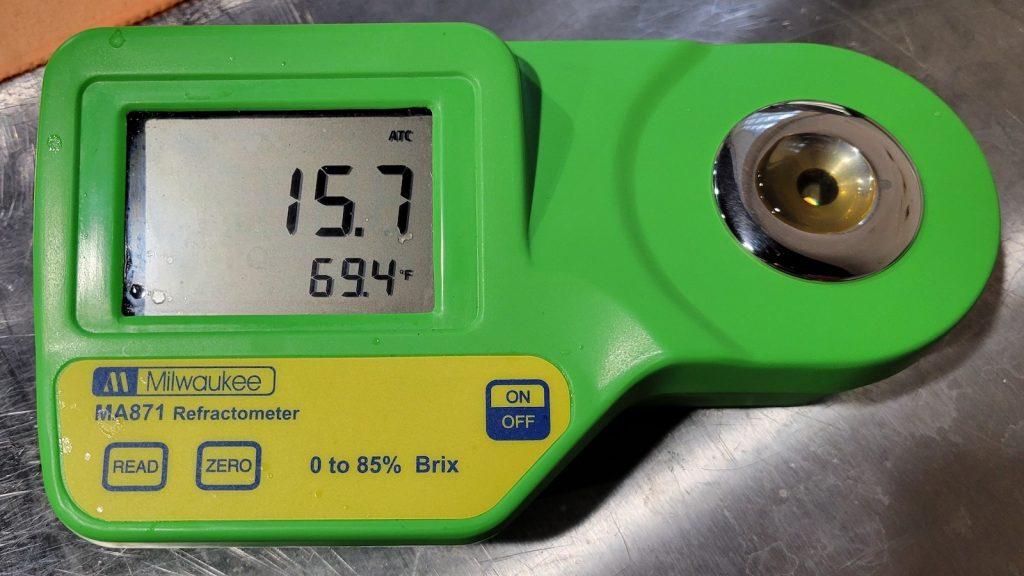
At this point, rather than pitching a fresh pouch of yeast, I transferred the wort onto a yeast cake of Imperial Yeast A07 Flagship that had previously fermented a single-hop Sonnet Pale Ale. The time was 5:34 PM for a total brew day time of 2 hours and 6 minutes.
The filled fermenter was connected to my glycol rig set to maintain a fermentation temperature of 68˚F/20˚C. With activity absent after 10 days, I took a hydrometer measurement showing FG had been reached.
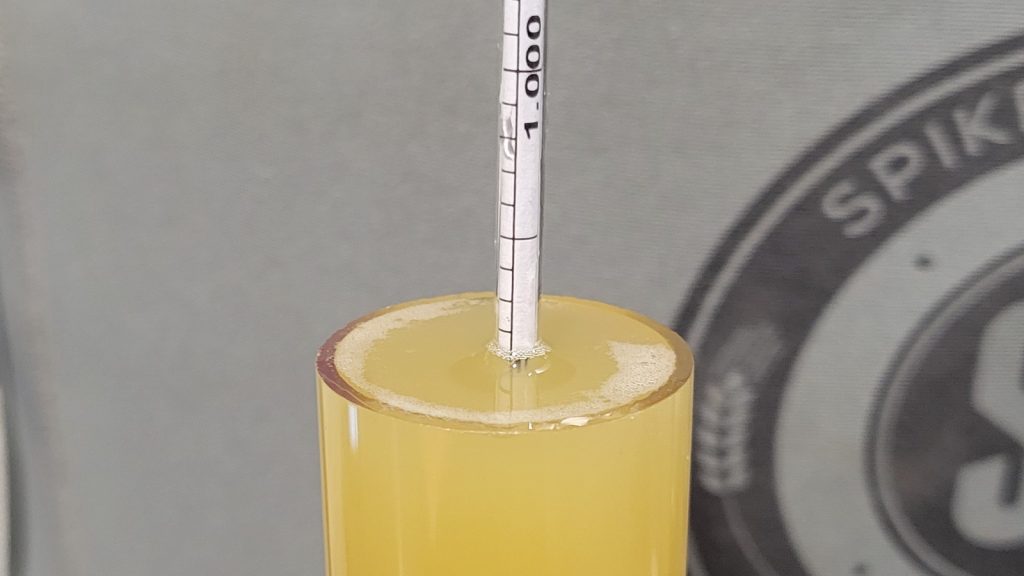
I then cold crashed the beer to 38°F/3°C and left it overnight before returning to transfer it to a CO2 purged keg.
The filled keg was placed in my keezer and burst carbonated overnight before I reduced the gas to serving pressure. After a week of cold conditioning, it was ready to serve to tasters.
| RESULTS |
A total of 29 people of various levels of experience participated in this Short & Shoddy evaluation. Participants were informed of the specific beer style and provided the BJCP description prior to completing the survey. Tasters were then instructed to rate how hoppy, malty, and dry they perceived the beer to be on a 0-5 scale where a rating of 0 indicated “not at all” and 5 indicated “extremely.”
Tasters were provided a list of common hop, malt, and yeast characteristics then instructed to select from each the one they perceived as being most prominent in the beer.
Hop Characteristics
Malt Characteristics
Yeast Characteristics
Next, participants were asked to indicate whether or not they detected any off-flavors in the beer; those who did were provided a list of common off-flavors and instructed to select the one they perceived as being strongest. One person noted acetaldehyde and grassy off-flavors while another endorsed astringent and phenolic; no other tasters identified any off-flavors in this beer.
Tasters were then asked to rate how well the beer represented the intended style, based on the provided BJCP description, on a 0-5 scale where 0 meant “not at all” and 5 meant “exactly.”
Finally, tasters were asked to rate how much they enjoyed the beer on a 0-5 scale where 0 indicated they hated it and 5 indicated they loved it.
My Impressions: To me, this beer had really bright notes of tropical fruit, grapefruit, and some danky resin in the aroma that carried over nicely into the flavor. The rye seemed to bump up the mouthfeel, and I felt it may have contributed a very slight spiciness as well. Dry with a firm bitterness, I detected no off-flavors in this beer and felt it was quite enjoyable to drink.
| CONCLUSION |
As a spinoff of the ever popular American IPA, Rye IPA is expected to possess all of the expected hop character of its mother style with a unique touch of peppery spice and more perceived body, all while maintaining its drinkability. As such, it’s not surprising tasters of a version brewed using Short & Shoddy methods rated its hoppiness and dryness as being the most prominent characteristics.
In terms of the beer’s hop character, tasters felt pine/resinous was the most prominent with fruity coming in a distant second, which is likely due to my heavy use of CTZ. Similar numbers of tasters rated cracker/bread crust, toasty, and nutty as being the strongest malt character, and a majority felt the fermentation character was clean. Seeing as only 2 of the 29 tasters identified off-flavors in this beer, and I didn’t detect any either, I’m wont to believe there were none present, though perhaps those tasters are more sensitive to certain flavors than others.
All in all, I was quite pleased with how this Rye IPA turned out and felt it was not negatively impacted by the Short & Shoddy method I used to brew it. My biggest concern about this batch was that racking it onto an un-rinsed yeast cake might lead to problems, but the clean fermentation profile indicated that wasn’t the case. While I may not brew this exact batch again, I definitely see myself using the Short & Shoddy approach to brew more Rye IPA in the future!
If you have thoughts about this Short & Shoddy brew, please feel free to share it in the comments section below!
Support Brülosophy In Style!
All designs are available in various colors and sizes on Amazon!
Follow Brülosophy on:
FACEBOOK | TWITTER | INSTAGRAM
If you enjoy this stuff and feel compelled to support Brulosophy.com, please check out the Support page for details on how you can very easily do so. Thanks!


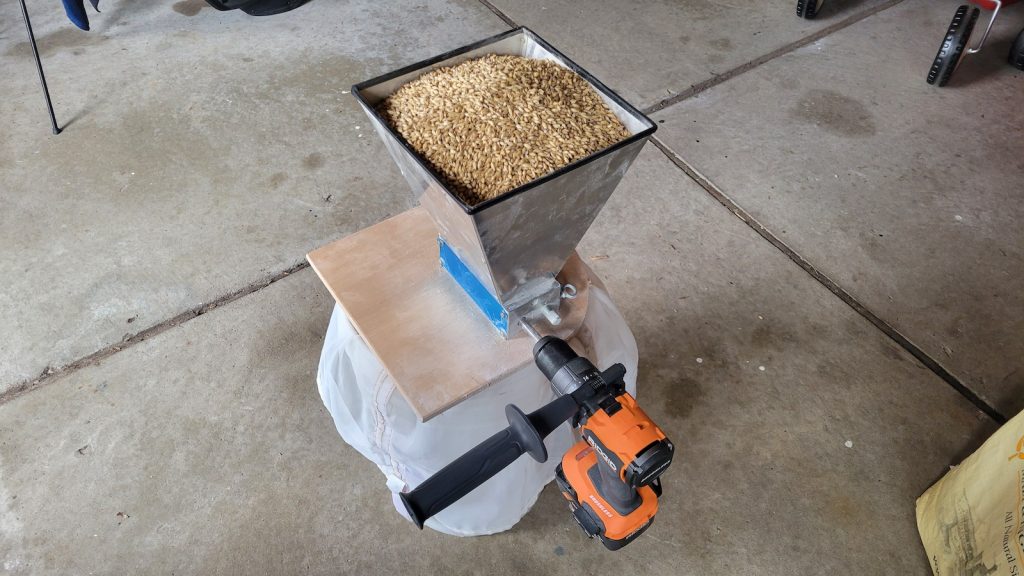
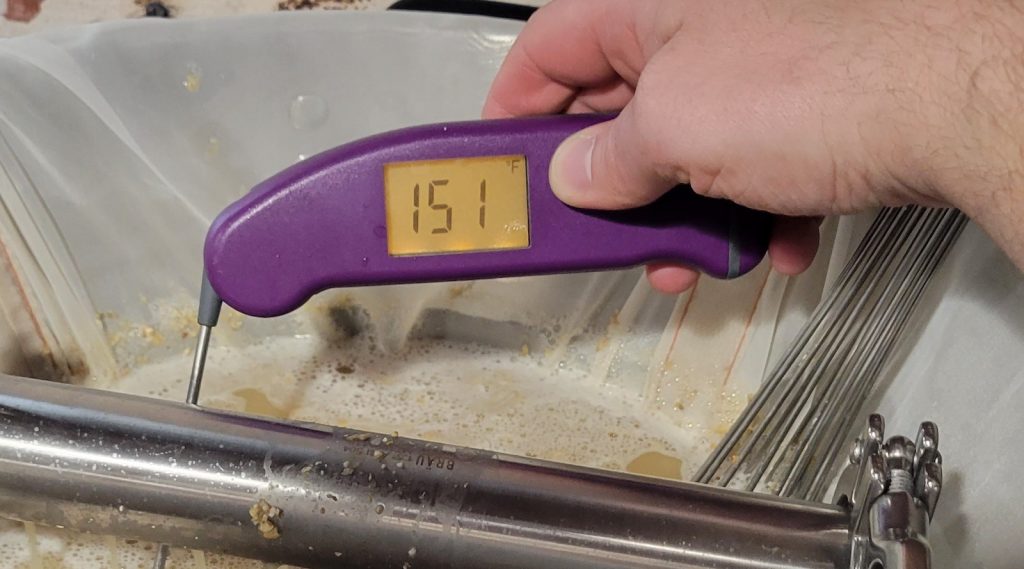
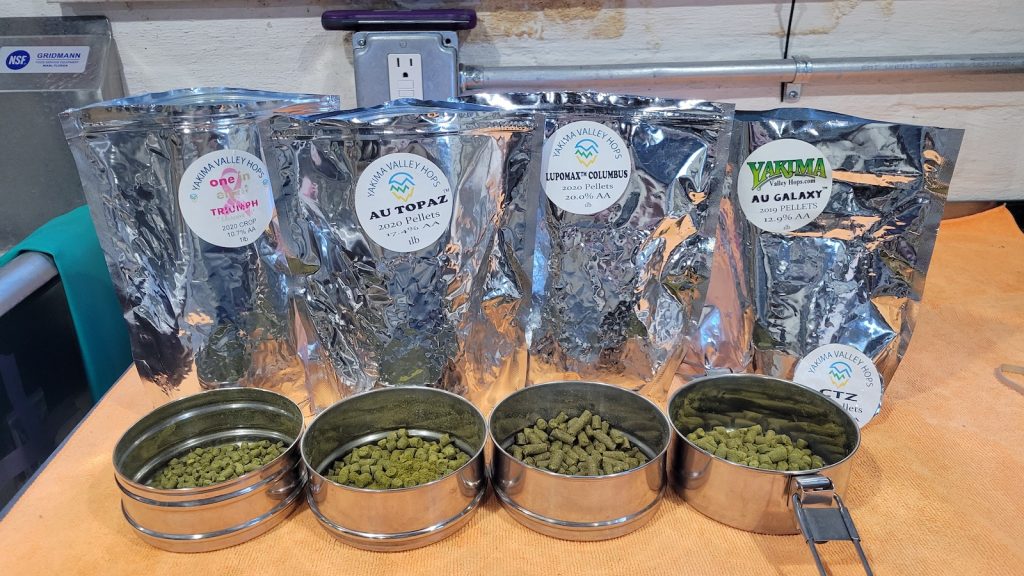
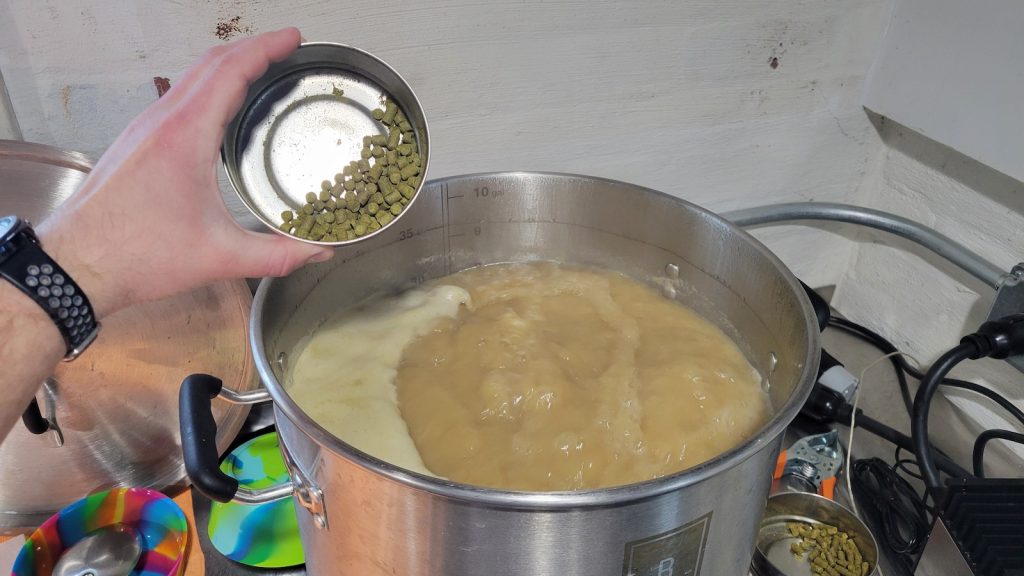
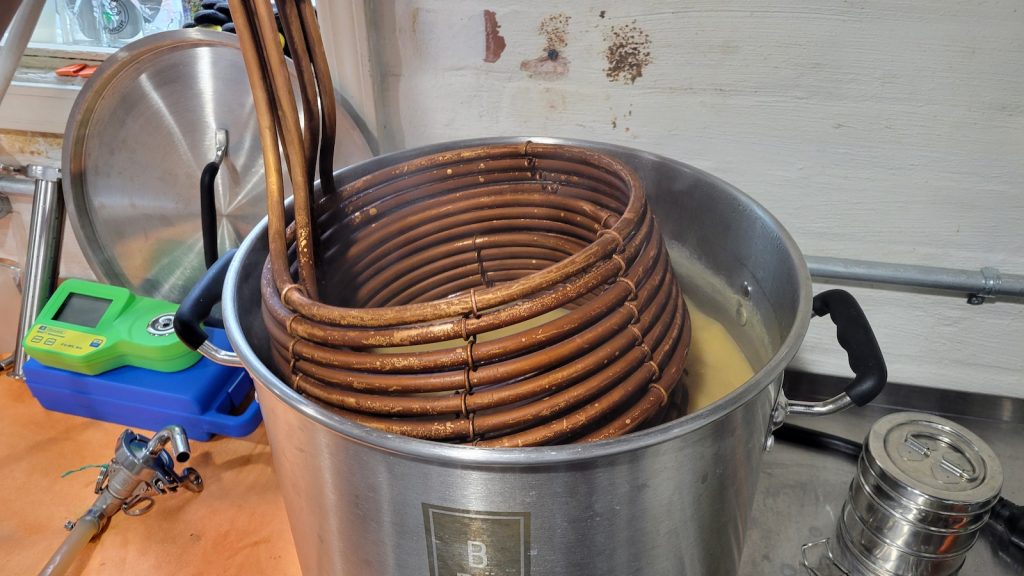
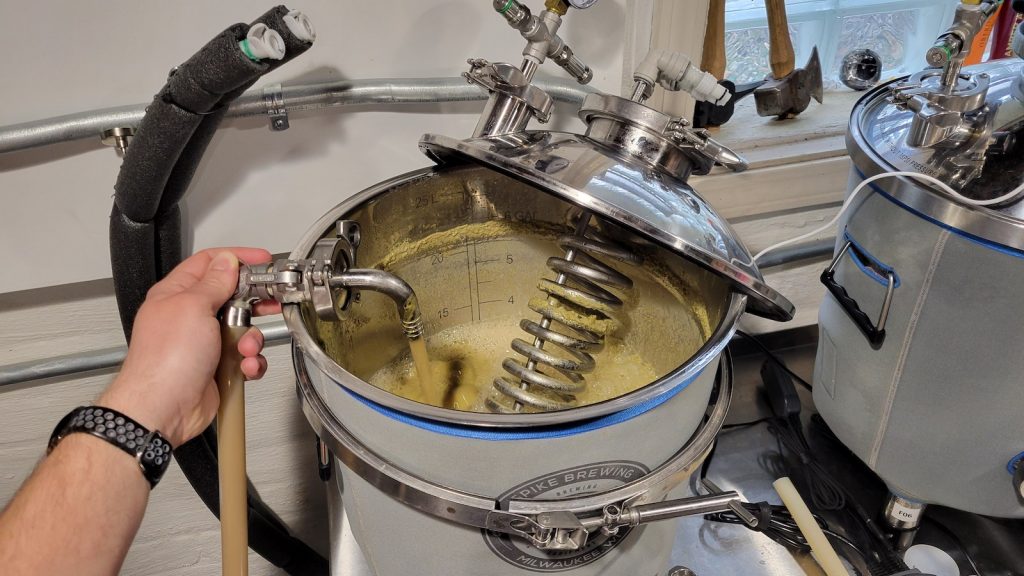
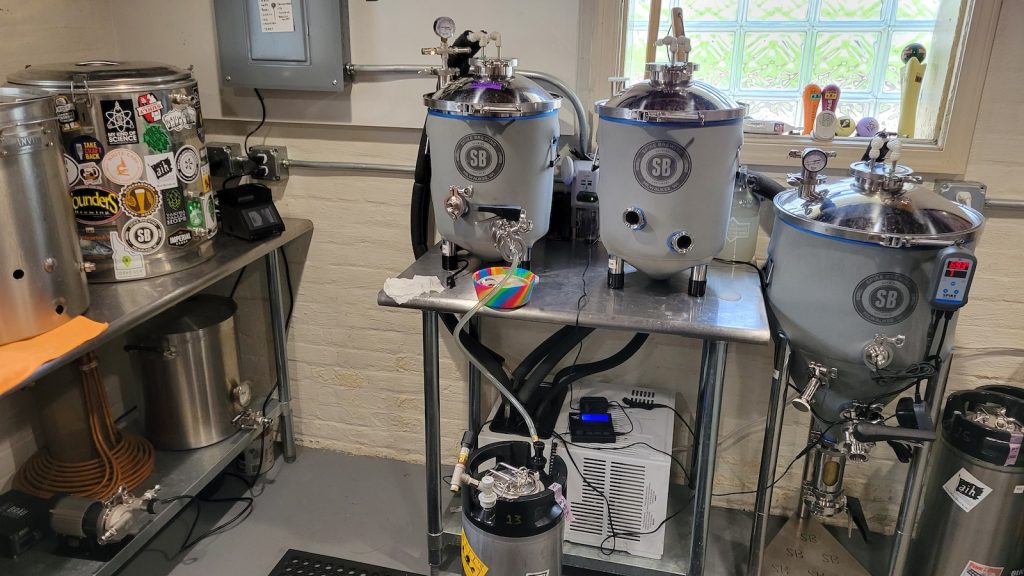
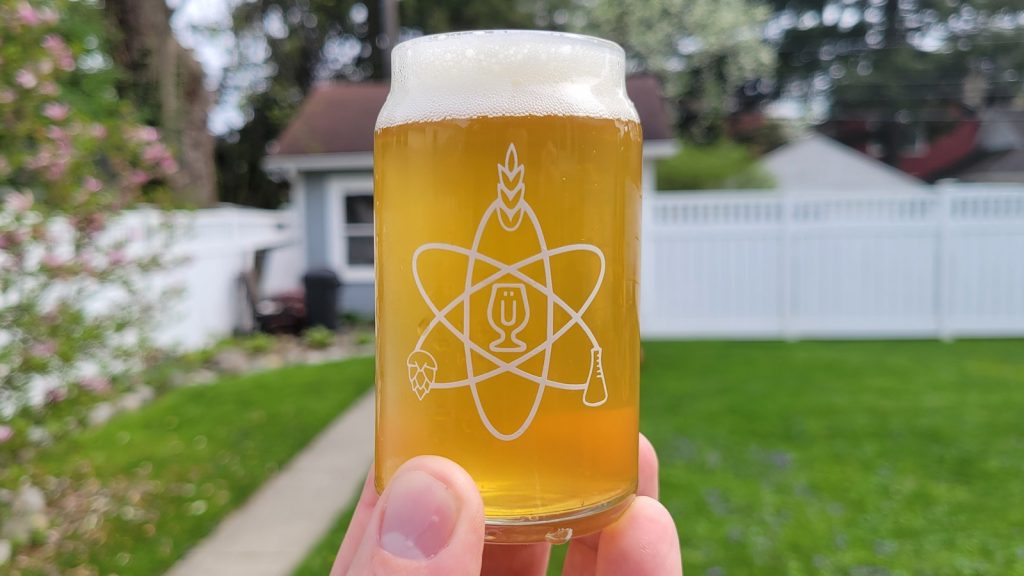
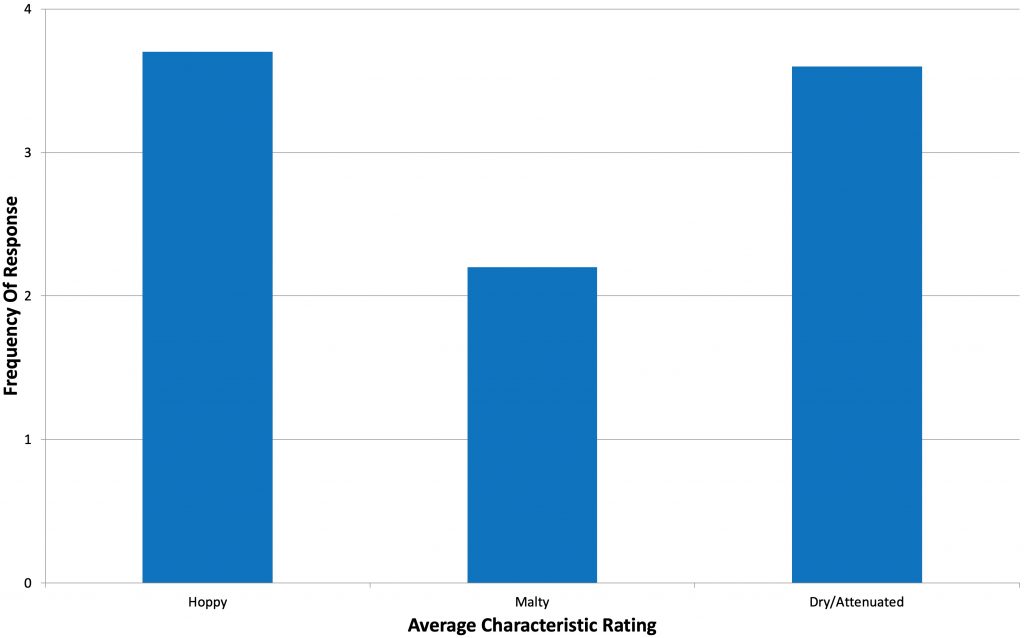
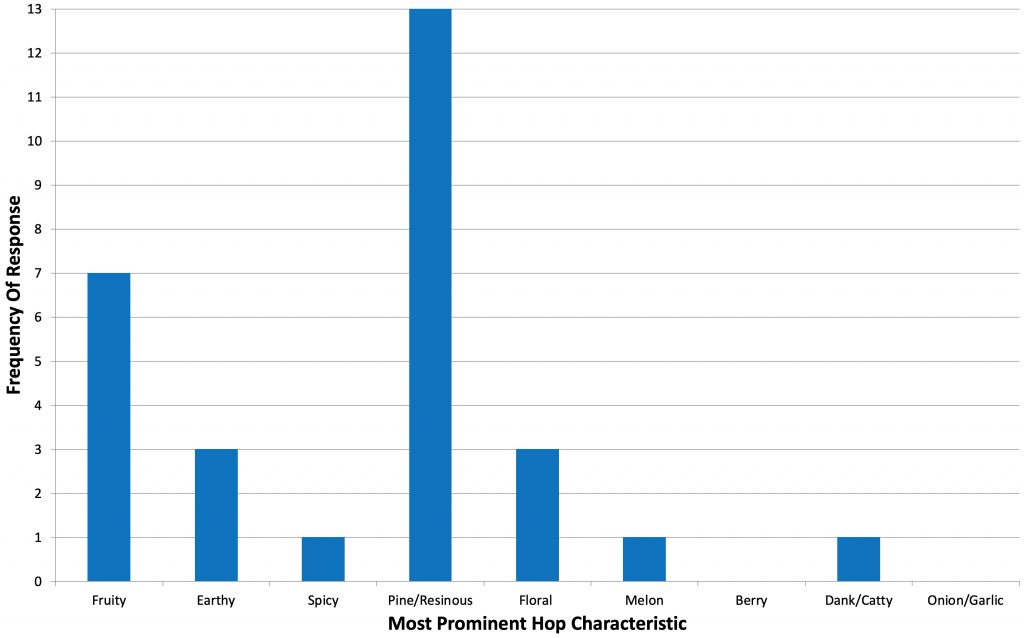
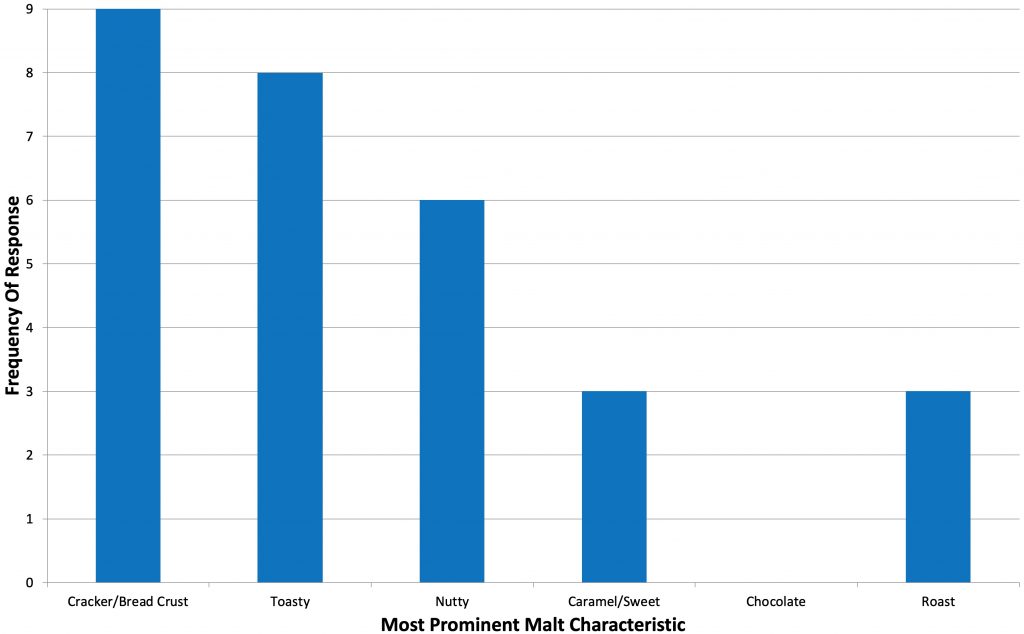
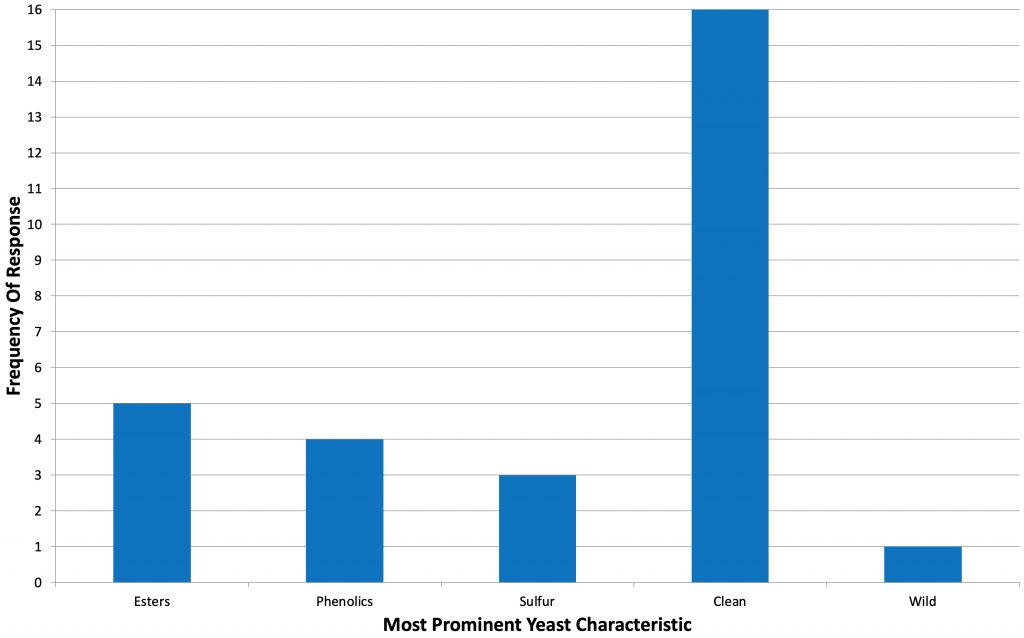
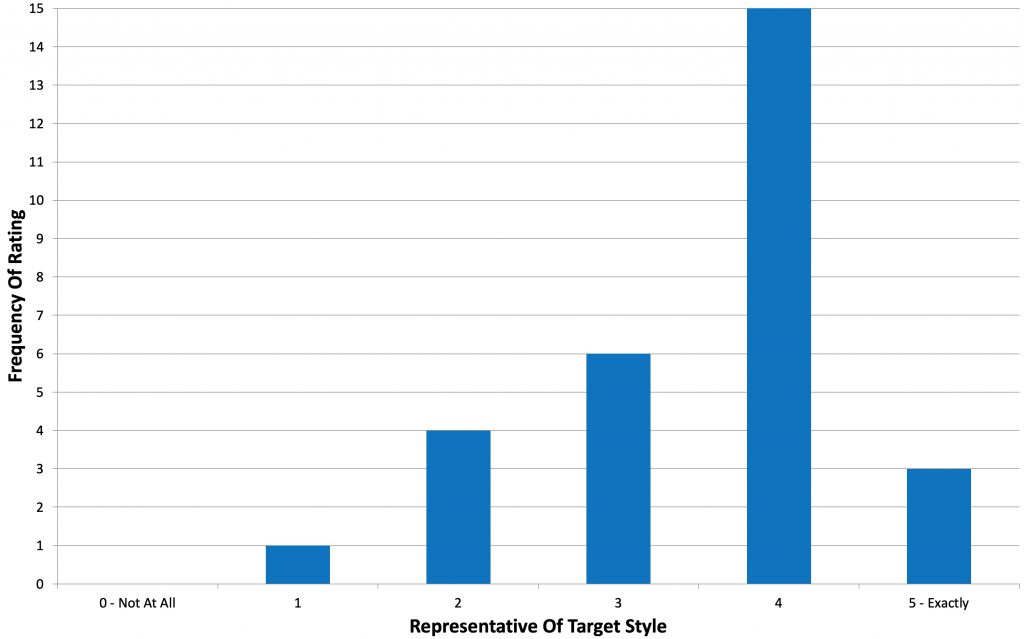
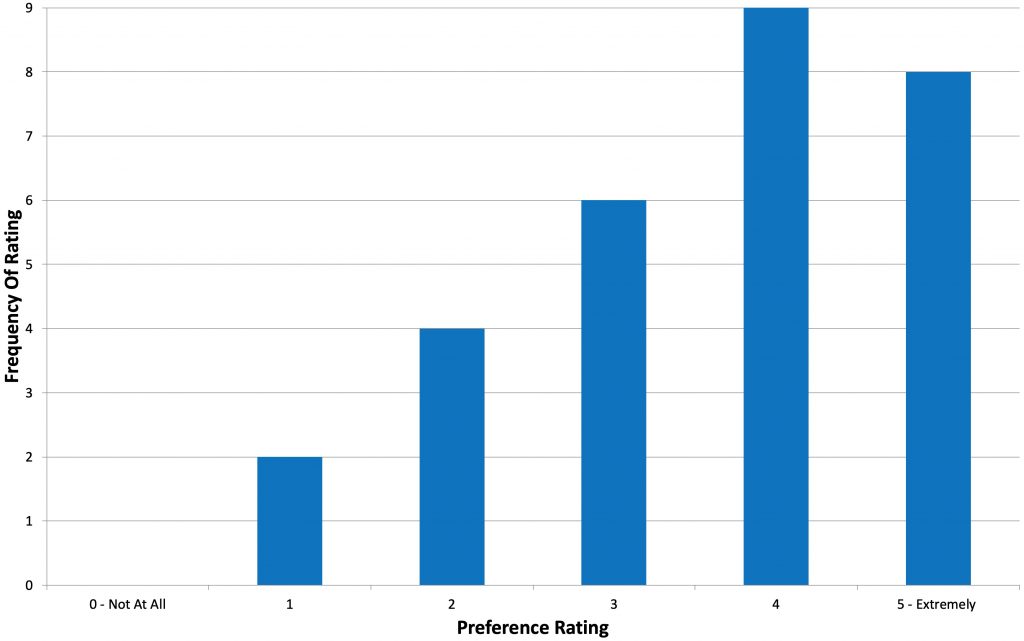











6 thoughts on “Short & Shoddy | Rye IPA”
Two questions for you: 1) what would you change in your next batch and do you prefer the standard or short/shoddy processed beer? 2) was a 30 minute mash used?
I think next go around I’d steer the hop combos in one direction or another. With the CTZ maybe go for more of that Classic ‘C’ hop paired with Centennial or Cascade or go the other way with the tropical fruity Galaxy and Topaz. Definitely not a bad combination, but the hops didn’t play as well together as I thought they would. Honestly, I like both process; when I want to have a more relaxed brewday, I go standard, but if I need to get a beer brewed fast, the more hectic Short & Shoddy is nice too. Yup, 30 minute mash
Did your yeast cake include the dry hop material from the Sonnet pale ale? Or do you use some sort of hop containment method that allowed you to remove those spent hops prior to adding the new wort?
The yeast cake included everything from the last batch! Basically kegged the Sonnet beer, brewed up the Rye IPA, opened the fermenter lid and transferred all the wort on top.
What was your total time with cleanup? My full brew days (60min mash/boils) are 3.5hrs including cleanup so I have no need to do anything shorter since I get an extra 20% efficiency as well.
Maybe 10-15 minutes more with cleanup. I clean the mash tun when the boil is happening, so I save a couple minutes there. When pressed for time, that 2 hour S&S batch is nice. 3.5 hours for 60 min mash/boil with cleanup is quick; sounds like it’s working well for you!